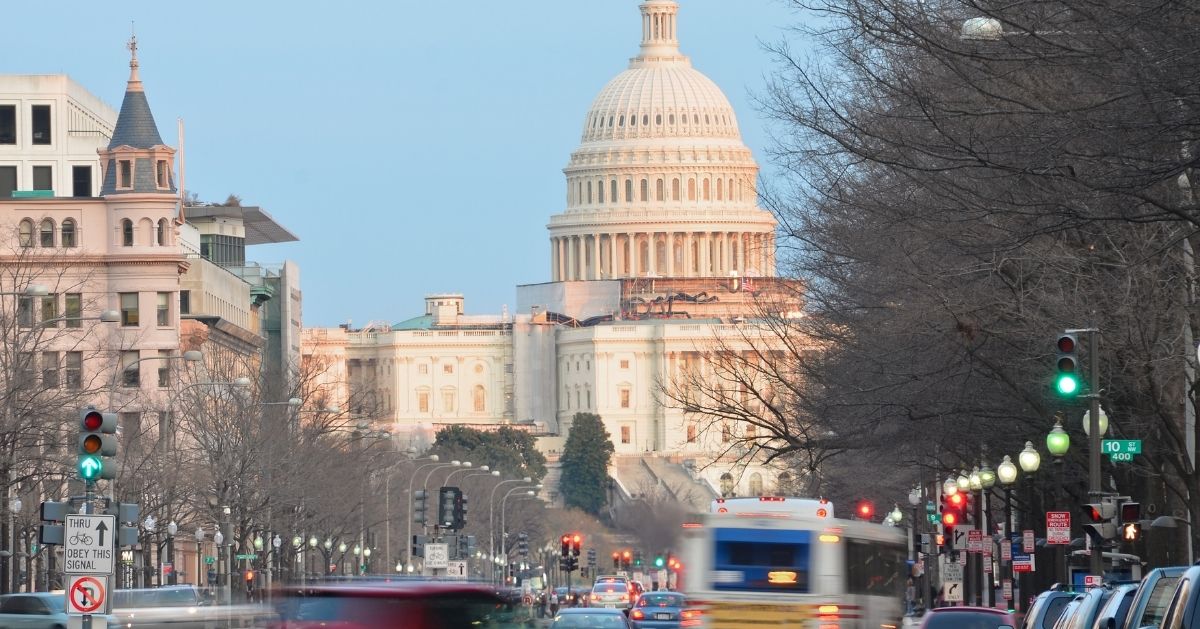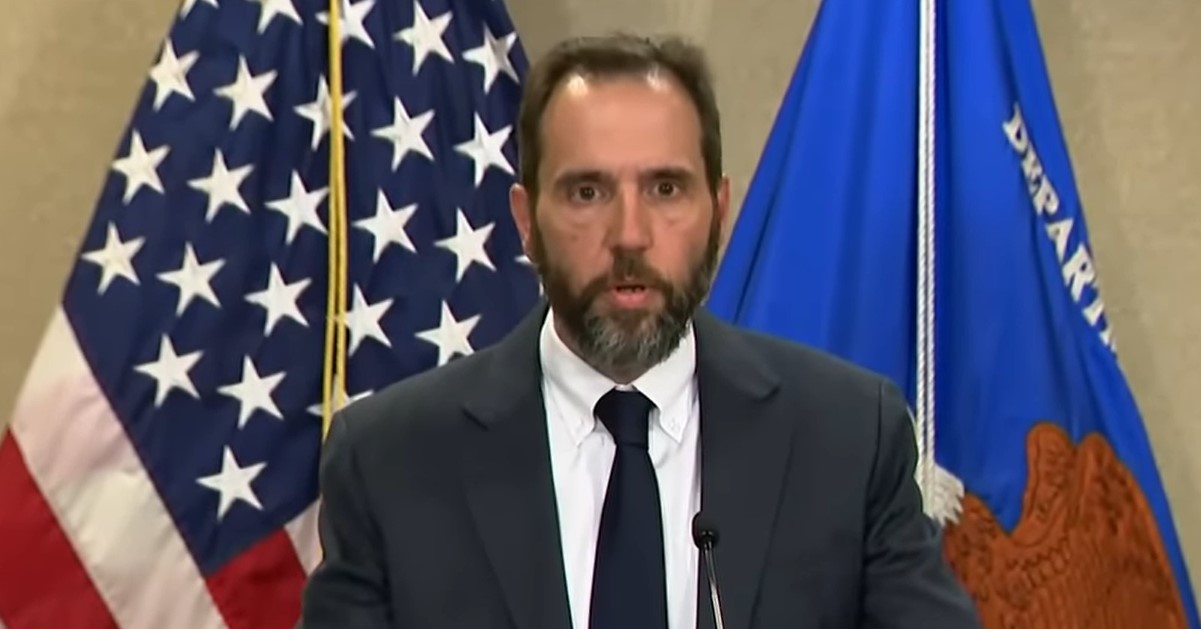NY Times' reversal on 'fact-check' of Vance claim about migrants driving up housing costs proves he was right
Following the recent vice presidential debate, the liberal media was quick to reflexively "fact-check" numerous statements by Sen. JD Vance (R-OH) as "false" or "misleading" when what the senator said was actually fundamentally correct.
One example would be a New York Times "fact-check" of a Vance claim about illegal immigration driving up housing costs, which The Times initially rated as "false" but has since altered to say the claim "needs context," according to Breitbart.
That reversal of the verdict by the fact-checkers is a tacit admission that what the GOP vice presidential candidate said about migrants and their impact on housing costs was accurate.
Vance's claim was true
The New York Times took issue with numerous statements made by Sen. Vance during the VP debate last week, including when he said, "There’s a Federal Reserve study that we’re happy to share after the debate -- we’ll put it up on social media, actually -- that really drills down on the connection between increased levels of migration, especially illegal immigration, and higher housing prices."
Economics reporter Jeanna Smialek initially said Vance's claim was "false" but has since changed that rating to "needs context," even as her brief analysis remained virtually the same, according to Breitbart.
"It is not clear what study Mr. Vance is referring to in his remarks," Smialek wrote. "Some Federal Reserve officials and studies have suggested that immigration might push up home prices around the edges."
"A study by the Dallas Fed said that 'the population influx could put upward pressure on rents and house prices, particularly in the short run before new supply can be built,'" she continued. "And the Minneapolis Fed president said that immigrants 'need a place to live, and their arrival in the U.S. has likely also increased demand for housing.'"
The reporter added dismissively, "But most research that ties the cost of housing to recent immigration comes from groups that push for less immigration, like the Center for Immigration Studies."
The fact-check's links prove the claim correct
As noted in The Times' "fact-check," both the Dallas Fed and the Minneapolis Fed have published reports that link the increase in immigration, both legal and illegal, to increased housing costs, meaning what Sen. Vance claimed during the debate was fundamentally true.
As for the Center for Immigration Studies that Smialek dismissed, the linked congressional testimony from research chief Steven Camarota states: "Prior research shows that by increasing demand for housing, immigration drives up costs in areas where immigrants settle."
"My own analysis indicates that a 5-percentage point increase in the recent immigrant share of a metro area’s population is associated with a 12 percent increase in the average U.S.-born household’s rent, relative to their income," he added. "However, more analysis is needed to fully explore this relationship."
Vance backs up his claim with more evidence
True to his word, Sen. Vance did later post to social media a link to the Federal Reserve study he referenced during the debate, by way of a speech from Board of Governors member Michelle Bowman, who said in a May speech about the various drivers of continued price inflation, "Given the current low inventory of affordable housing, the inflow of new immigrants to some geographic areas could result in upward pressure on rents, as additional housing supply may take time to materialize."
Vance also linked a 2017 study published in the Journal of Housing Economics that highlighted how "Immigration inflows into a particular [Metropolitan Statistical Area] is associated with increases in rents and with house prices in that MSA while also seeming to drive up rents and prices in neighboring MSAs."
The senator also linked to a nonpartisan Congressional Budget Office analysis of the effects of immigration on the federal budget and economy from earlier this year, which noted that "The research literature has generally found that increases in immigration raise state and local governments’ spending -- particularly on education, health care, and housing -- more than their revenues."





